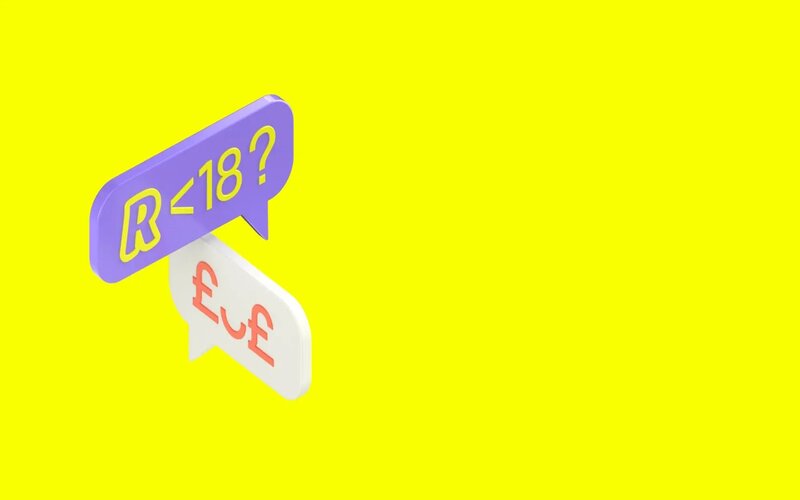The monthly CommBank Household Spending Insights (HSI) Index fell 3.9% in December with spending dropping in eight of the Index’s 12 categories.
The biggest fall was seen in household goods including furniture and appliances, which plunged 16%.
This followed a 7% rise in household goods spending in November. The figures reinforce the growing impact of Black Friday/Cyber Monday sales on traditional Christmas period spending patterns.
Despite the festive season, consumers also spent less on recreation (down 6.5%), food and beverage (down 2.7%), and hospitality (0.8% lower).
However, spending was up on transport (1% higher), insurance (up 0.6%), and health (up 0.2%).
The decline in December more than pegged back the overall gain of 1.6% in November.
CBA senior economist Belinda Allen said the end-of-year monthly fall continues the pattern of recent years where strong consumer spending in November is followed by weaker figures in December.
“Household budgets are undoubtedly constrained with rate rises leading to a weakening of consumer spending,” Ms Allen said.
Boxing Day sales hesitancy
It seems consumers also held off on spending at Boxing Day sales. Australians were tipped to spend $1.25 billion on Boxing Day and $23.9 billion over the entire sales period which ends on 15 January.
Online retail marketing company Wunderkind said its data shows many shoppers held back on Boxing Day spending this year, with 26 December accounting for only 20% of the week’s web revenue.
The day after Boxing Day (27 December) accounted for 23% of the week’s takings.
According to Wunderkind’s Australian country manager Jamie Hoey, consumers weren’t jumping into Boxing Day sales, choosing to hold off to ensure they were getting the best deals available.
The company’s research shows 50% of Australians now say they only shop when there are active deals or sales.
It found 33% of consumers say price is the most important factor in purchasing decisions, trumping quality at 27%.
December spending down across the board
CommBank's HSI Index found all Australian states showed reduced spending across December, led by Victoria, South Australia, and New South Wales.
According to Ms Allen, that’s not about to turnaround for some time.
“With the pace of economic growth in Australia moderating and the full impacts of November’s rate rise yet to flow through to the consumer, we expect a further slowdown in the pace of household spending over the coming months,” she said.
When to expect change
The Commonwealth Bank of Australia is forecasting the Reserve Bank will lower the cash rate by 75 basis points (0.75%) in the second half of 2024, starting in September.
It tips a further 0.75% cut in the first half of 2025.
“We have seen inflation moderate which supports our view the monetary policy tightening cycle has come to an end and that the RBA can join the expected global shift and start to lower interest rates in September this year," Ms Allen said.
Photo by rupixen.com on Unsplash





 Rachel Horan
Rachel Horan
 Emma Duffy
Emma Duffy


